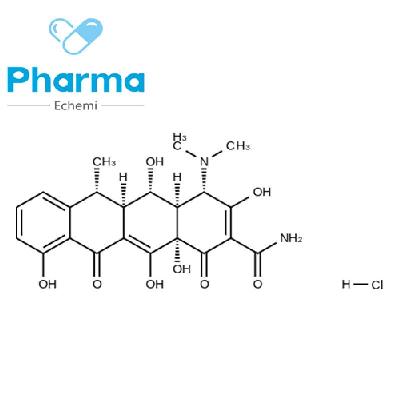In recent years, round after round of centralized drug procurement has been accelerating the reform of the domestic pharmaceutical industr.
While continuously promoting the domestic substitution of original research drugs, it has also begun to continuously promote many pharmaceutical companies to increase their research and development to seek transformation and usher in more development spac.
Taking Xinlitai as an example, its core product is Xinlitan (drug name: Allisartan Medoxomil), which is used for the treatment of mild to moderate essential hypertensio.
In July 2017, the product was negotiated into the category B of the National Medical Insurance Catalogue, and the contract was successfully renewed in 201 The price paid by medical insurance was 62 yuan (80mg/tablet) and 08 yuan (240mg/tablet.
In December 2021, Xinlitai announced that Xinlitan once again negotiated to renew the national medical insurance catalogue, a national medical insurance class B drug, and the medical insurance paid a price of 3 yuan (240mg/tablet.
By this calculation, the decline is about 29.
After the product price was greatly reduced, Xinlitai began to accelerate the transformation and upgradin.
In the first half of this year, Xinlitai has achieved phased progress in a number of research and developmen.
Among them, the new drug for renal anemia, Enaldustat Tablet, is in the process of CDE approval after its application for marketing, and clinical verification has been completed; the drugs in clinical phase III include S086 (hypertension), S086 (chronic heart failure), SAL0107, SAL0108 , Fudagliptin benzoate tablet.
It is worth mentioning that the addition of new drugs has also increased the research and development expenses of Xinlita.
In the first half of this year, the company invested 425 million yuan in research and development, a year-on-year increase of 249%, accounting for 249% of revenu.
But at present, after the accumulation of a large amount of R&D investment in the early stage, Xinlitai now also has a rich R&D pipelin.
As of August 11, the company has 54 research projects, including 32 chemical drugs (including 26 innovative projects), There are 14 biological drugs (including 10 innovative projects) and 8 research projects in the field of medical device.
In addition, Simcere Pharmaceuticals has also issued an announcement recentl.
As of June 30, 2022, the group expects to generate revenue of about 67 billion to 73 billion yuan, an increase of about 26% to 29% compared with 12 billion yuan in the same period last yea.
It is understood that the expected growth is mainly attributable to the rapid increase in the sales of innovative drug.
According to public information, with the continuous development and launch of new drugs, the proportion of revenue from Simcere's three major fields is also changin.
In 2020, Simcere's three major areas of oncology, nervous system and autoimmunity accounted for 28%, 16% and 28% of the company's total revenue, respectively; in 2021, the three areas accounted for 20%, 39%, 18.
It is understood that Simcere's 2021 annual report shows that the group's innovative drug revenue is about 12 billion yuan, of which Simcere will achieve 543 billion yuan in 2021, driving a 113% year-on-year increase in the nervous system busines.
In general, while the centralized procurement is normalized and the price of generic products is pushed back to a reasonable level, it is also constantly promoting pharmaceutical companies to devote more energy to innovation and research and developmen.
The industry predicts that in the future, innovative drugs and innovative medical devices may become the main growth drivers for the development of the pharmaceutical industr.







